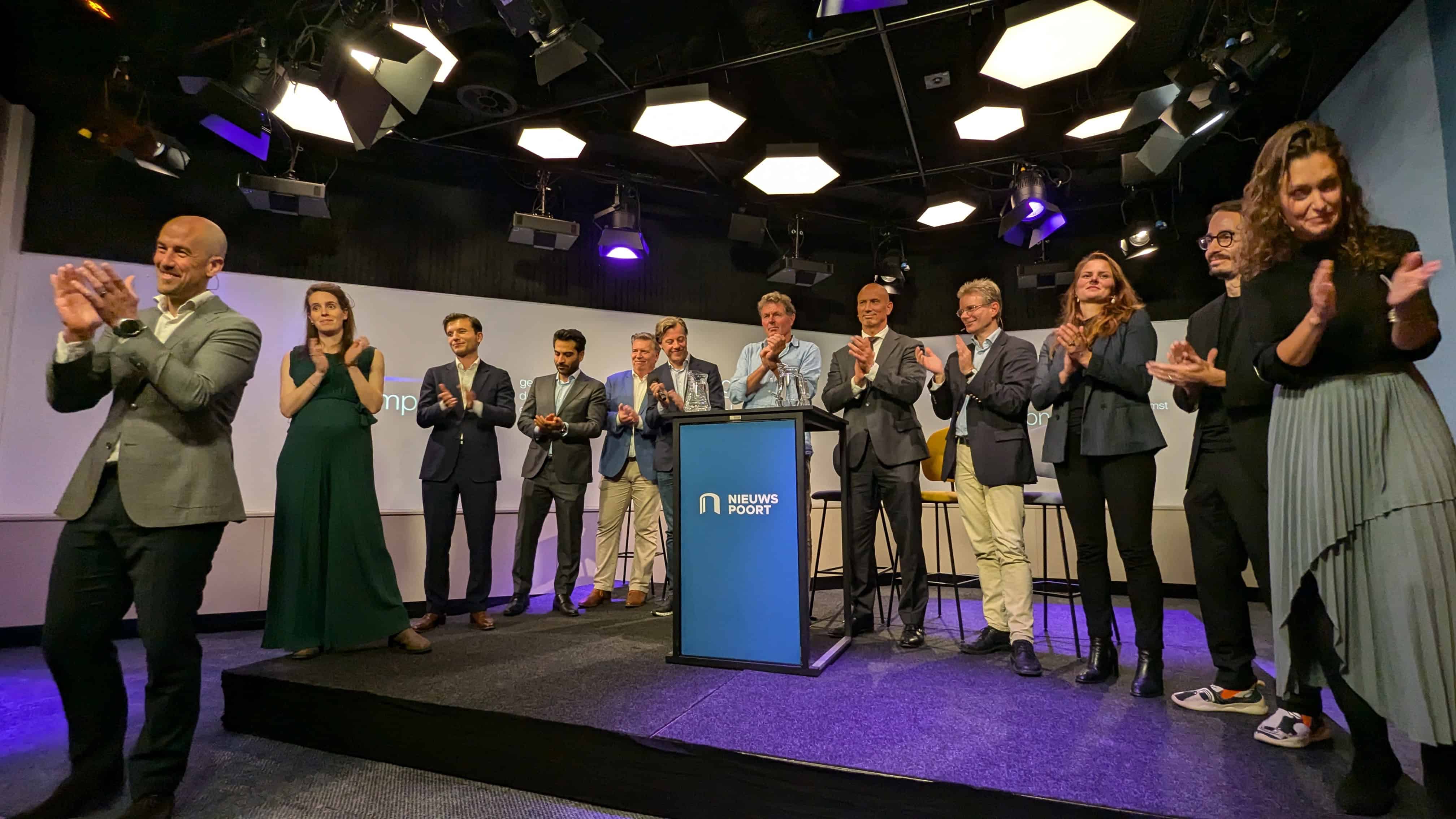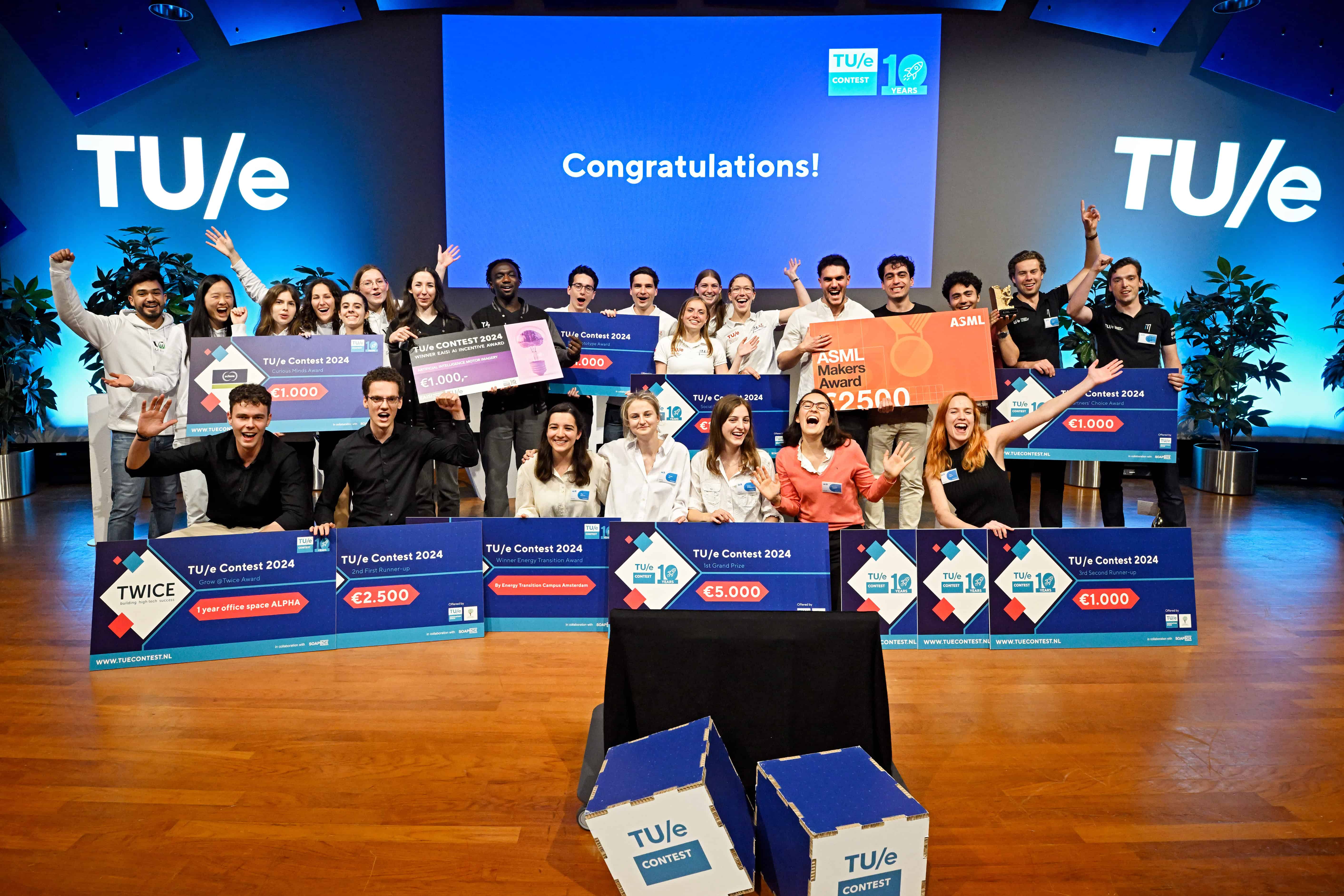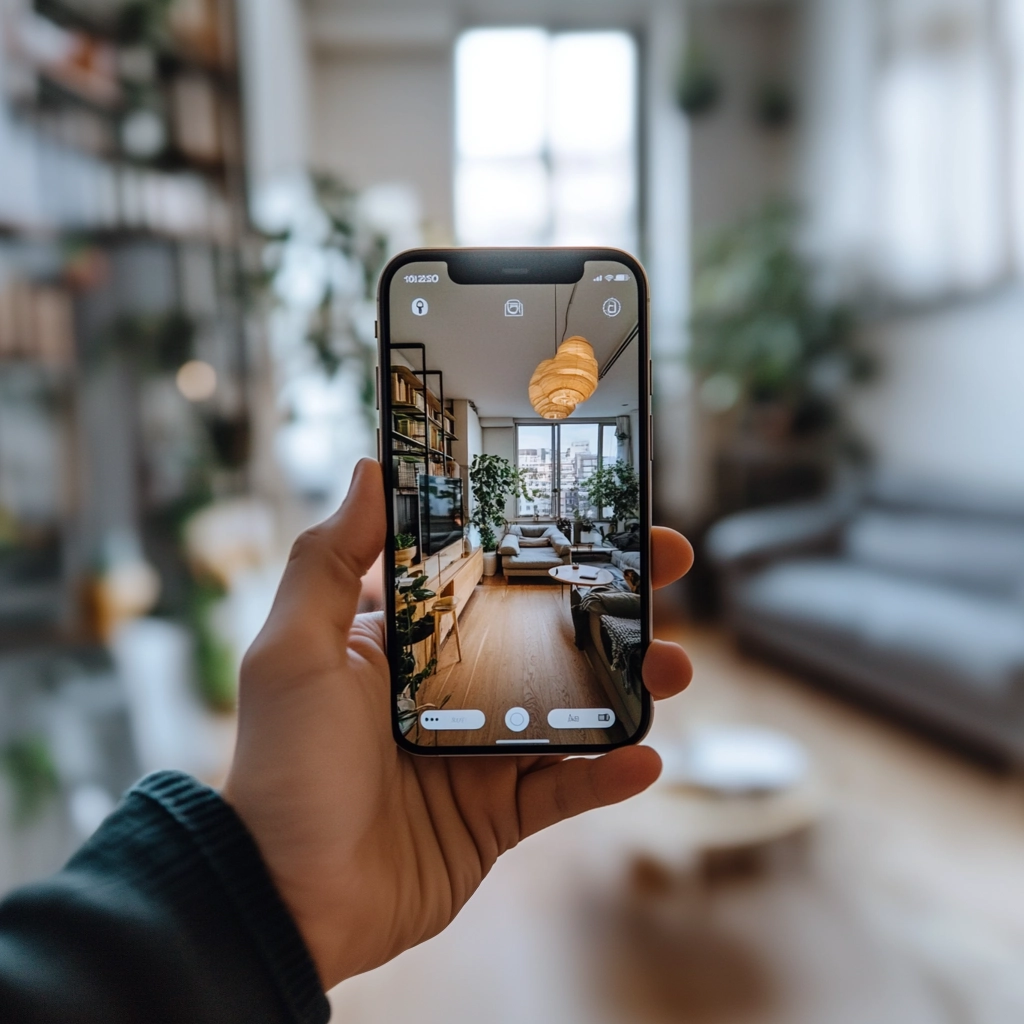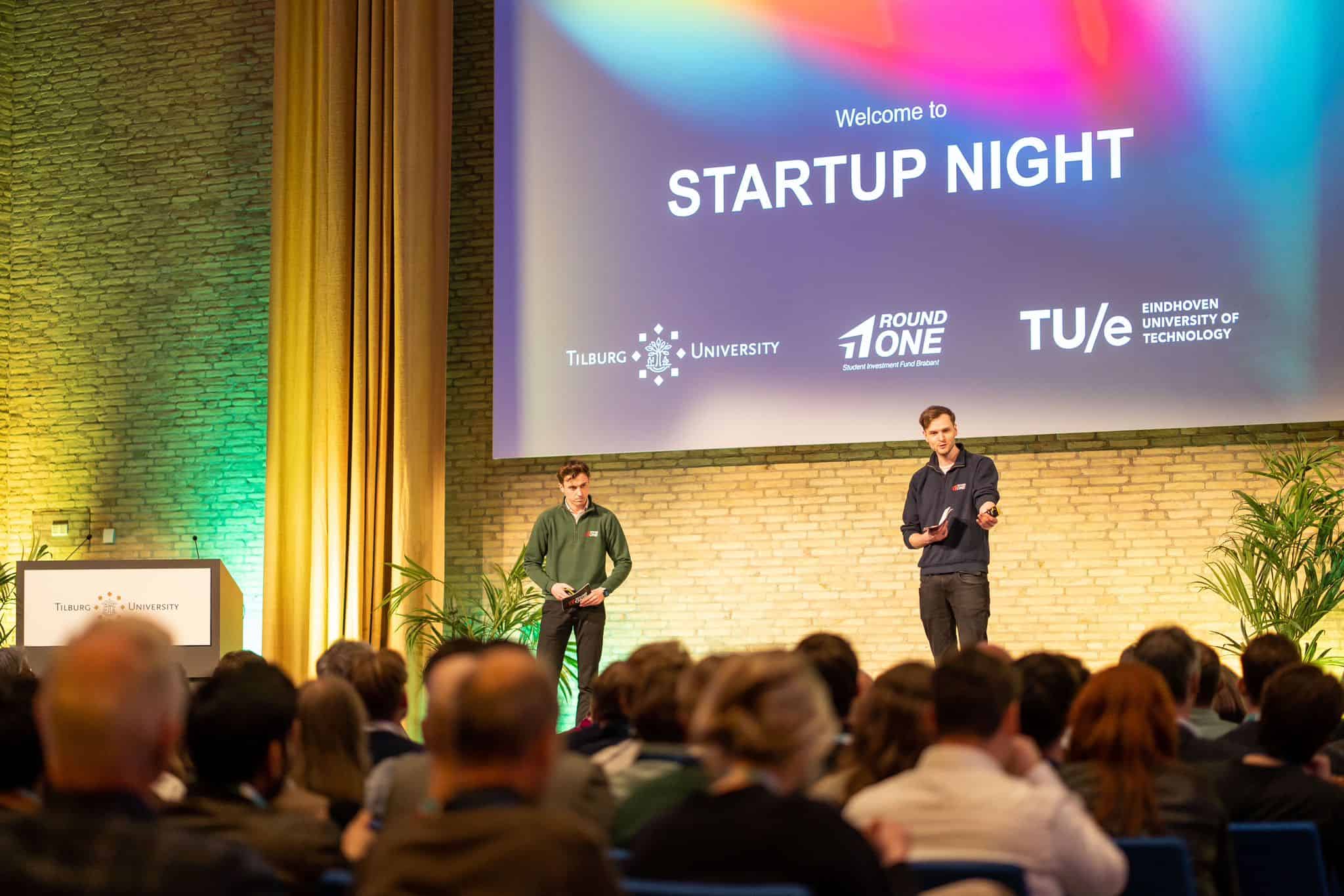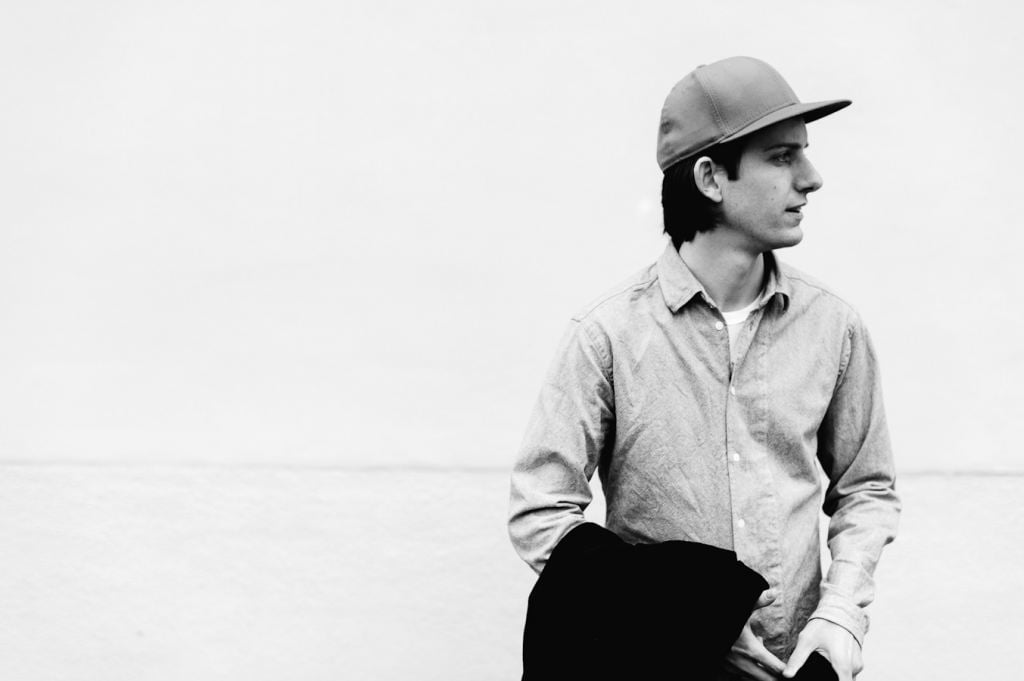
It’s high time we met Marc Köhlbrugge, an Eindhoven designer and web designer. Köhlbrugge has enjoyed worldwide fame as the founder and owner of BetaList. He is also working for start-ups in the region, including through the Eindhoven Startups Foundation.
Sebastiaan van Gompel, Communication & Multimedia Design student at Avans Den Bosch, spoke with him. Van Gompel specialises in user experience design, but also has a strong interest in journalism.
The portrait photo in this article is by Tommy Köhlbrugge.
SvG: What is the most important message that you want to convey with your work?
MK: I don’t have any particular message that I want to convey, I’m just happy to help entrepreneurs realise their ideas. I do this by giving them the right tools, attention to the relevant audience and advice based on my own experiences as an entrepreneur.
SvG: Where does your inspiration come from? Why do you think it’s important to make the products you make?
MK: I think it’s really cool how driven entrepreneurs are getting involved in the improvement of the world in their own way. By improving, I don’t mean that everyone has to pursue a ‘good cause’ as such, but just make things better by solving all sorts of problems, large or small. The world around us is manufacturable, even more than that: it’s mostly been invented and then followed through by someone. From the apps on your phone, the clothes that you wear, the language in which I transmit my message to you, to the urban architectural choices of the locations that you go to. To me, that’s a really inspiring thought.
The manufacturability is not obvious
The fact that this manufacturability is possible doesn’t make it obvious. Many people take the world around them for granted and only a few dare to think “this could be better and I’m going to take care of it!” These people inspire me and I’m happy to help them on their way to realising their ideas.
SvG: What makes a design or designer good to you? Does the user experience factor into it?
MK: In my eyes, the difference between an artist and a designer is that a designer creates in order to achieve a particular objective. You can best test a designer’s success by looking at how effectively that objectively has been achieved.
In most cases, the objective is to help the user in some way, and then the user experience is certainly very important.
SvG: Of which work are you proudest? What did this work do for users?
MK: I am proudest of my current company, BetaList, which helps emerging Internet entrepreneurs with feedback and publicity for their new products. The reason that I’m proudest of this is because, with a large dose of perseverance, I finally managed to create a profitable company, where I not only have a lot of fun, but also get to help thousands of entrepreneurs.
The entrepreneurs we help get crucial user feedback on their idea or product and can take the next step in their creative process.
SvG: Has anything ever happened in your life which made you a designer? What got you started? Did you have a particular ideal that you wanted to achieve?
 MK: I was always a bit of a non-conformist and ultimately it became a valuable asset. By definition, a designer creates something that does not yet exist, which is non-conformist in a sense.
MK: I was always a bit of a non-conformist and ultimately it became a valuable asset. By definition, a designer creates something that does not yet exist, which is non-conformist in a sense.
Not every non-conformist becomes a professional designer, of course, but I think part of the reason I found a creative outlet was my good upbringing and environment.
No particular moment comes to mind when I decided to become a designer, but I’ve always been creative. Creating has something magical about it. You translate an idea into reality. I soon realised that you could be strategic about it. A school project with a title page designed using Photoshop, when classmates were barely familiar with WordArt, was all a plus in the eyes of the teacher. Over the years it became clear that I could bring home the bacon with strategic designing, and that’s how I got the ball rolling.
SvG: How do you distinguish yourself from other designers?
MK: I don’t think it’s that important to distinguish myself. My goal is to help my users and customers. Since solved problems need no solution, you quickly find something new and really distinctive, but it’s not a goal in itself.
Solved problems need no solution
Every designer does, of course, have his or her own approach, and that goes for me as well. I try to focus on the crux of the matter, as much on the functional design (for instance, what is the minimum product functionality to solve the problem?) as on the visual design (what is the minimum amount of text, colours and shapes to communicate the required message?). That’s a thread that runs through all my work and perhaps a way for people around me to recognise my work.
 SvG: If you could adapt a well-known design, what would you do? Would you also make it better for the user?
SvG: If you could adapt a well-known design, what would you do? Would you also make it better for the user?
MK: Every day we have more and more information coming at us. Emails, push notifications, etc. There seems to be no stopping it. Everyone and everything keeps on demanding our attention. This imbalance exists because it’s now possible for everything and everyone to demand your attention, but you also have to forgive yourself a limited amount of attention. The fact that all this information and these questions comes in different forms doesn’t make it any easier either.
it’s now possible for everything and everyone to demand your attention, but you also have to forgive yourself a limited amount of attention
I think uniformity and scarcity can play an important role. As a society we will also be slow to accept that it is no longer realistic to expect a response to every email or push notification.
Unfortunately, I don’t have a concrete solution, but it won’t be simply a better interface or a new piece of technology. The right expectations when it comes to communication and information consumption also plays an important role.
SvG: What do you add to a designing assignment besides the usual client briefing/input?
MK: I don’t have any clients, but I remember my own projects. These usually arise from a problem that I’ve run up against myself and that needs a solution. The next step is to see if other people are also opposed to running with it and whether they have already found a solution. When there doesn’t seem to be a good solution, but there does seem to be a market for it, then I go after it myself.
SvG: What are the most important points that you always prioritise in your work so that the product is a success in your own eyes?
MK: The user needs to be prioritised, but it’s also important to design a long-term solution. That also means that you need to earn money in a particular way in order to finance further innovation. So I look at the evaluation of a new idea to decide whether it is viable and whether people are ready to pay for the project that I have in mind.
SvG: Do you have a position that ‘represents’ your work? Do you want to make a particular statement with your work?
MK: No, I’m really not preoccupied with that.
SvG: What is the essence of your work and how is that transmitted to your audience?
MK: A simple solution for an existing problem.
SvG: If you had an unlimited budget and time, what would kind of designing assignment would you do? For whom would it be and why?
 MK: I would never take on such an assignment. With an unlimited budget and time you would never finish it because there’s always room for improvement and you can never reach perfection.
MK: I would never take on such an assignment. With an unlimited budget and time you would never finish it because there’s always room for improvement and you can never reach perfection.
If I rephrased the question to what kind of challenge I would still like to have a go at, then I would really like to do something in artificial intelligence or aerospace. If you’re talking about the manufacturability of our world, then they are the directions that can have a huge influence on mankind. That makes it very interesting, but also very scary at the same time. It’s not for now, but maybe later in my career.
Text: Sebastiaan van Gompel
Photos: Tommy Köhlbrugge






